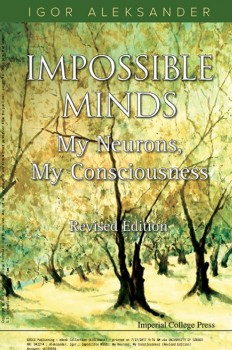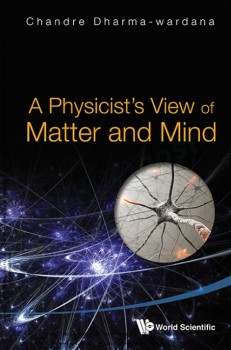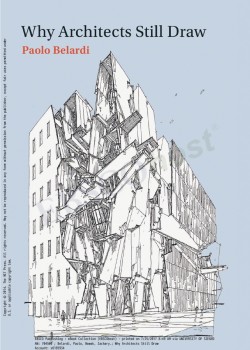Impossible Minds: My Neurons, My Consciousness
Impossible Minds: My Neurons, My Consciousness has been written to satisfy the curiosity each and every one of us has about our own consciousness. It takes the view that the neurons in our heads are the source of consciousness and attempts to explain how this happens. Although it talks of neural networks, it explains what they are and what they do in such a way that anyone may understand. While the topic is partly philosophical, the text makes no assumptions of prior knowledge of philosophy; and so contains easy excursions into the important ideas of philosophy that may be missing in the education of a computer scientist.





